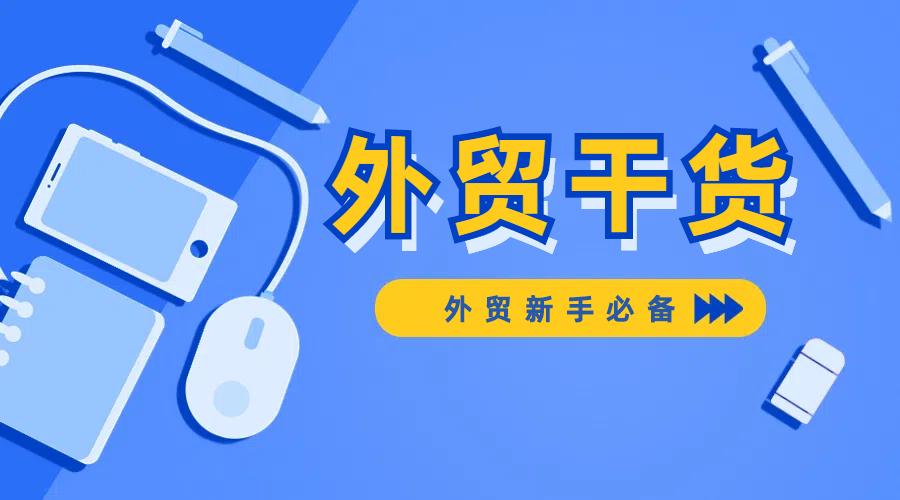 400-076-6558智领未来,外贸超级营销员
400-076-6558智领未来,外贸超级营销员
 400-076-6558智领未来,外贸超级营销员
400-076-6558智领未来,外贸超级营销员

As a newcomer in the foreign trade industry, the first step in customer development on B2B platforms is to choose the right one. Different platforms have different user bases and industry focuses. For example, some platforms are more popular in the electronics industry, while others are stronger in the textile or machinery sectors. According to market research, about 70% of global buyers use well - known B2B platforms to source products. You need to research and evaluate which platforms align with your target market and product category. Look at factors such as platform traffic, user reviews, and the number of active buyers.
Once you've selected a platform, optimizing your store keywords and product titles is crucial. Your goal is to match the search habits of your target customers. Use relevant and specific keywords that buyers are likely to use when searching for products like yours. For instance, instead of a generic title like "Clothes", use something more detailed like "Summer Cotton Women's Dresses". Platform algorithms often prioritize listings with well - optimized keywords. Studies show that products with optimized titles are 30% more likely to appear in search results, increasing their visibility to potential customers.
Most B2B platforms provide data analysis tools. These tools can help you identify high - activity buyers. By analyzing buyer behavior, such as their search history, purchase frequency, and the products they are interested in, you can create a list of potential high - value customers. Then, you can send targeted development letters. According to statistics, personalized development letters have a response rate of about 20%, compared to only 5% for generic ones. Tailor your messages to the specific needs and interests of each buyer.
Building trust with buyers is essential. One way to do this is by providing comprehensive product details. Use 360° views to allow buyers to examine your products from all angles. Include quality inspection reports to prove the quality of your products. In a survey, 80% of buyers said they were more likely to trust a supplier who provided detailed product information. This transparency can significantly enhance your credibility in the eyes of potential customers.

The Request for Quotation (RFQ) function on B2B platforms is a great opportunity to win new customers. When making a quote, consider the market conditions in the buyer's region. Develop a differentiated quotation plan. For example, if the market in a particular region is price - sensitive, you may need to offer a more competitive price. If quality is the top priority, emphasize the high - quality features of your products. Research indicates that a well - crafted RFQ response has a 40% chance of winning the order.
To increase the customer response rate, you can use a combination of social media and in - platform messaging. Social media platforms like LinkedIn can help you establish a professional image and connect with potential buyers. Send friendly and informative messages on both social media and the B2B platform's internal messaging system. This multi - channel approach can improve your chances of getting a response. On average, using both channels can increase the response rate by 15% compared to using only one channel.
Implement these practical solutions and start attracting more global buyers on B2B platforms. Don't miss out on the opportunity to expand your business and build long - term customer relationships. Begin your journey to successful B2B customer development today!
.png?x-oss-process=image/resize,h_100,m_lfit/format,webp)
.png?x-oss-process=image/resize,h_100,m_lfit/format,webp)

.png?x-oss-process=image/resize,h_100,m_lfit/format,webp)
.png?x-oss-process=image/resize,h_100,m_lfit/format,webp)
.png?x-oss-process=image/resize,h_100,m_lfit/format,webp)
.png?x-oss-process=image/resize,h_100,m_lfit/format,webp)
